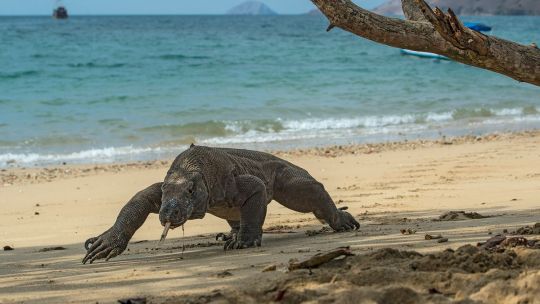#guenterguni
Explore tagged Tumblr posts
Text

A Komodo dragon walks along a beach on Komodo island in Indonesia.
(Image credit: Guenterguni via Getty Images)
173 notes
·
View notes
Photo


Steyr River, Austria © guenterguni/Getty Images
Today on Bing- March 31, 2023 Steyr River, Austria
Nature's blue wonder | EN-CA, EN-CN, EN-GB
The stunning Steyr | EN-US
0 notes
Link

Spotted hyenas in Moremi National Park, Botswana, Africa. guenterguni / Getty Images
1 note
·
View note
Text
Misinformation Monday
Guess what?! It’s Misinformation Monday! Time to tackle three common misconceptions about elephants.
1) “An elephant’s trunk is like a straw therefore they can drink water directly through their trunk into their mouths.” This is actually not true! Elephant trunks are elongated noses. This means they have sinuses at the end of their nasal passages which would be very uncomfortable to pass water through. Instead, elephants fill their trunks with water then release it into their mouths from the bottom of the trunk.

Photo by Guenterguni
2) People have claimed elephants cry, but that is physically impossible! Elephants lack tear ducts making them incapable of crying physical tears. This misconception sometimes stems from a different type of substance that elephants secrete called temporin. This is a hormonal fluid that drains from the temporal gland which is located on each side of their face between their eye and ear.

Photo by David Fettes
3) “Only male elephants have tusks.” Not quite! Both male and female African Elephants have tusks. As for Asian Elephants, males may have visible tusks while most males and females have tushes. Tushes seldom protrude one to two inches from the lip line. All of the above are subject to the occasional exception and sizes and shapes greatly vary!

Photo by Elephant Aid International
Contact us @claireforelephants on Facebook, Twitter, Instagram, and Tumblr to submit misinformation you would like us to address on our next Misinformation Monday!
0 notes
Text
НАСА АИ автоматически зафиксированы изменения в знаменитый Эфиопский вулкан
НАСА АИ автоматически зафиксированы изменения в знаменитый Эфиопский вулкан
guenterguni через Гетти изображений
Искусственный интеллект сможет помочь спутников и других космических аппаратов наблюдать интересные явления, прежде чем люди даже обнаружить их. Дело в точку: НАСА по наблюдению за землей 1 (��О-1) космический корабль начал захватывать изображения вулкана Эрта Але в Эфиопии, как только он разработал новую трещину в конце января. Вулканологи внимательно следят…
View On WordPress
0 notes
Photo

There are an estimated 1,800 pandas left in the wild.
guenterguni / Getty Images
7 notes
·
View notes
